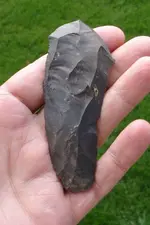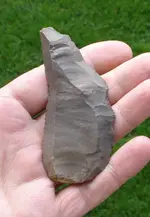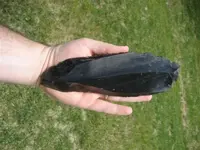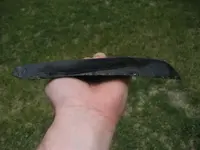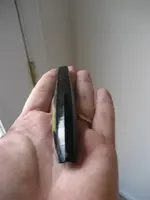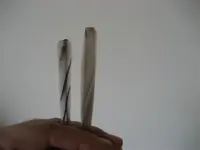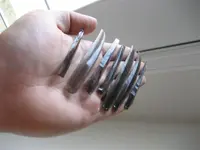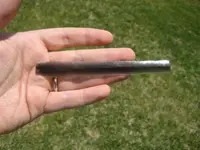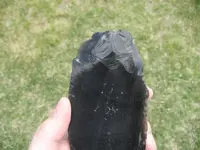uniface
Silver Member
- Joined
- Jun 4, 2009
- Messages
- 3,216
- Reaction score
- 2,905
- Golden Thread
- 0
- Location
- Central Pennsylvania
- Primary Interest:
- Other
Unifaces II & III
The black one (black Buffalo River chert, unless I miss my guess) fits right into a type that thirty7 and I are working on trying to define. Core-&-Blade technology and large size place these in the Early Paleo (Clovis) era.
The black one (black Buffalo River chert, unless I miss my guess) fits right into a type that thirty7 and I are working on trying to define. Core-&-Blade technology and large size place these in the Early Paleo (Clovis) era.
Attachments
Upvote
0



